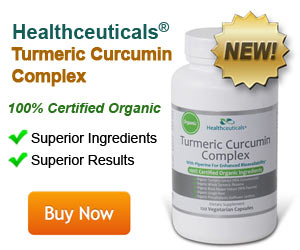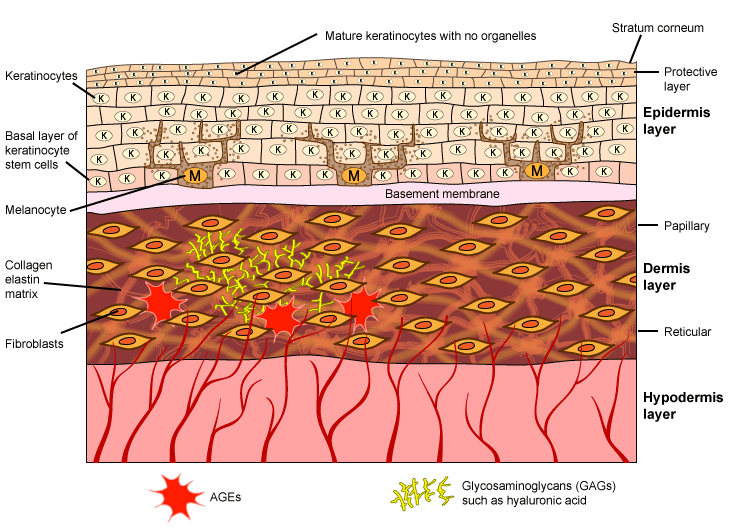Lighten Dark Spots on Skin with Turmeric
- Melanin and Skin Color
- Conditions that Can Cause Hyperpigmentation
- Toxins Causing Hyperpigmentation
- Types of Hyperpigmentation

Dark areas on the skin are technically called hyperpigmentation. If you want to try and lighten these spots, turmeric compounds could be a safe, gentle, and effective option. Often the hydrogenated form of curcumin (called tetrahydrocurcumin) is used because it is off-white rather than yellow in color. Tetrahydrocurcumin is also a powerful natural antioxidant compound. (xi.2)
Melanin and Skin Color
There are different types of hyperpigmentation, but generally speaking the spots are related to excess melanin pigments at the epidermal skin surface. Melanin is produced by melanocyte skin cells. The pigment is packaged inside of tiny spheres bound by membrane. These organelles are called melanosomes, and they are transported by finger-like extensions on melanocytes into nearby keratinocyte skin cells. (xi.59)
DID YOU KNOW?
One of the reasons keratinocyte skin cells take in melanin is to help shield their cellular DNA from the sun's UV radiation. (xi.60)
Skin Color and Tanning
Melanin production and a person's skin color are mainly regulated by the MC1R gene. However, this gene doesn't just determine the color of the skin you are born with. MC1R is responsible for expressing a receptor protein on the surface of the cells that produce melanin. Stimulating the gene to express the MC1R protein throws the switch on for melanocytes to manufacture melanin. (xi.60)
One good example of how this works is when you get a tan, a form of hyperpigmentation: (xi.60)
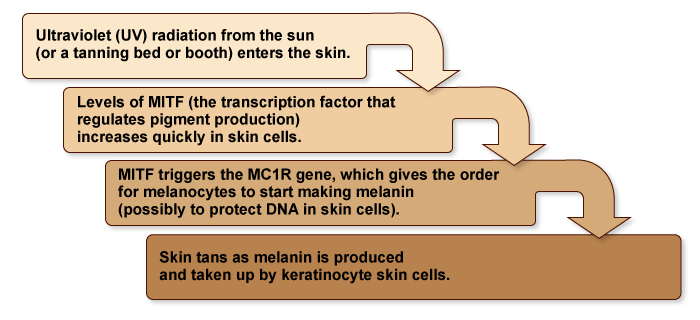
Figure XI.5: How Does Skin Tan?
Other enzymes and proteins play important roles in how the melanin is transported and taken in by skin cells. Their actions help influence the regulation of melanin production and the appearance of color pigments in the outer layer of skin. Some hormones, such as α-MSH, promote tyrosinase's melanin-producing activity by binding to and blocking tyrosinase inhibitors. (xi.60)
Medical Conditions Can Cause Hyperpigmentation
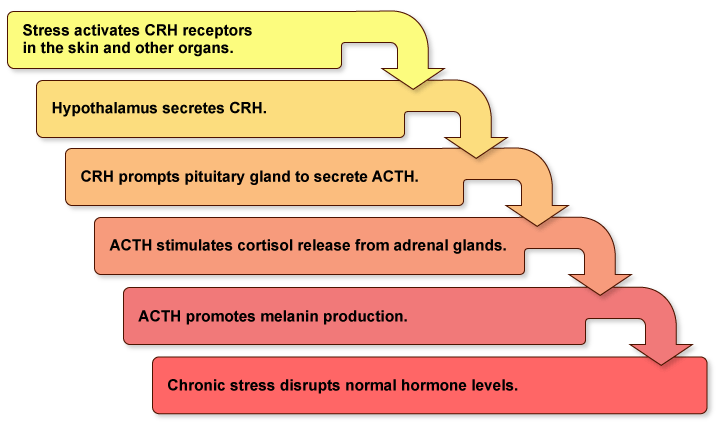
Figure XI.7: The Connection between Stress and Hyperpigmentation
Some diseases can also cause hyperpigmentation, especially those related to endocrine disorders and hormone imbalances. For example, excess adrenocorticotropic hormone (ACTH) is caused by Cushing syndrome and pituitary tumors. ACTH is secreted by the pituitary gland, and is a precursor of alpha melanocyte-stimulating hormone (α-MSH). It also promotes MC1R, one of the primary proteins that stimulate melanin production. (xi.59, 61-62)
Stress is a mood disorder that can also cause hyperpigmentation. ACTH may help explain the connection between stress and skin discoloration. In fact, chronic stress triggers the hypothalamus to secrete CRH, the hormone that stimulates ACTH. Chronic stress also promotes unregulated hormone levels: (xi.59, 62-63)
Food Poisoning, UV Radiation, and Toxins Can Trigger Hyperpigmentation
Exposure to UV radiation and toxins that damage skin cell DNA can also cause hyperpigmentation. For example, two incidents of mass food poisoning from toxins in rice oil occurred in the 1970s in Taiwan and Japan. Dermatological symptoms included acne and dark pigmentation of the skin, gums, and nails. Babies born to women exposed to PCBs during pregnancy also had areas of their skin marked by dark brown pigmentation. (xi.64-65)

Figure XI.8: Toxic Inducers of Hyperpigmentation
How can toxins cause hyperpigmentation? Researchers determined that the toxins trigger the AHR transcription factor in skin cells, which stimulates melanin as a protective reaction: (xi.64)
Toxins that can induce hyperpigmentation include:
| TOXIN | POSSIBLE SOURCE OF EXPOSURE |
|---|---|
CHLORINATED DIBENZOFURANS (CDFS) (xi.64) |
|
DIOXINS (xi.64) |
|
|
POLYCHLORINATED BIPHENYLS (PCBS) (xi.64) |
|
TOBACCO (xi.64) |
Types of Hyperpigmentation
While lots of people choose to get a suntan, there are other types of hyperpigmentation that are far less desirable cosmetically. Unfortunately, excess UV radiation can contribute to these skin discolorations, as well as accelerate skin aging.
| CONDITION | SYMPTOMS | RISK FACTORS |
|---|---|---|
|
|
|
POST-INFLAMMATORY |
||
|
SOLAR LENTIGOS (also known as liver spots, age spots, and Lentigo senilis) (xi.69) |
|
Join the 1000s of People Who Are Discovering the Benefits of Turmeric.
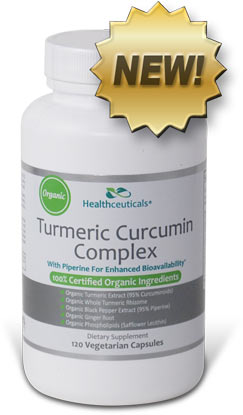
Healthceuticals® Turmeric Curcumin Complex
100% Certified
Organic ingredients
- Organic Turmeric Extract - standardized to 95% curcuminoids.
- Organic Whole Turmeric - provides full spectrum antioxidant, anti-inflammatory turmeric benefits, including turmerones and numerous vitamins, minerals, and phytonutrients
- Organic Black Pepper Extract - standardized to 95% piperine; dramatically enhances bioavailablity.
- Organic Phospholipids - markedly improve absorption.
- Organic Ginger - works synergistically with turmeric to provide more powerful benefits.
- Absolutely FREE of potentially harmful additives and fillers such as magnesium stearate.




